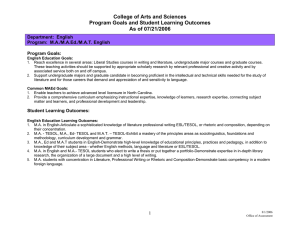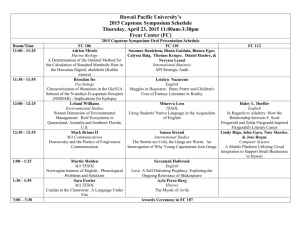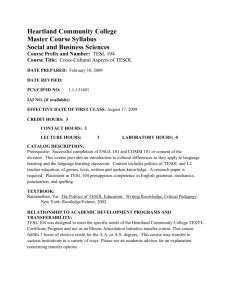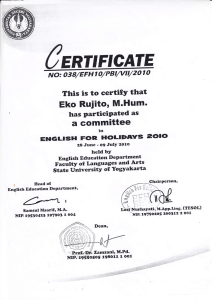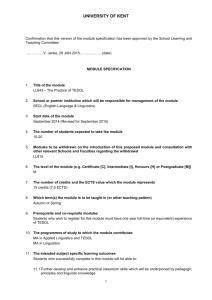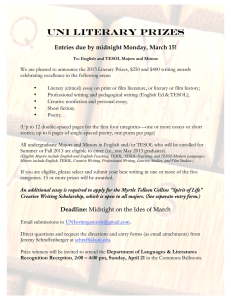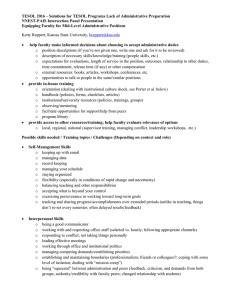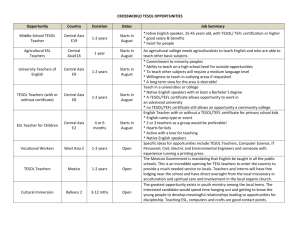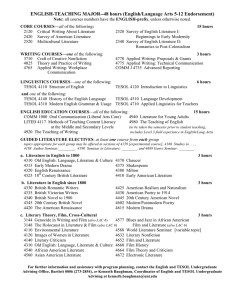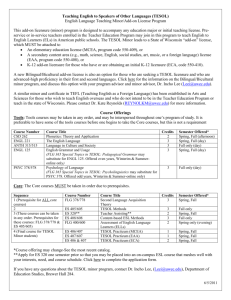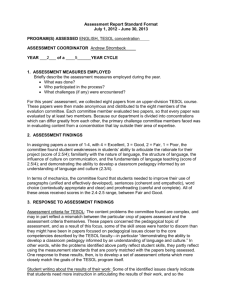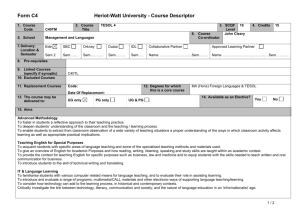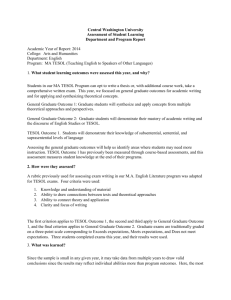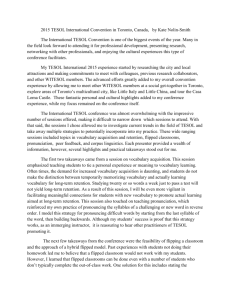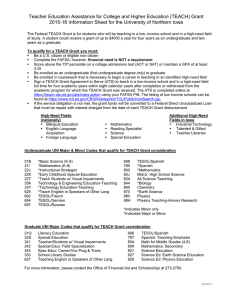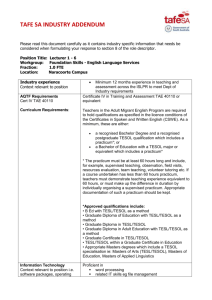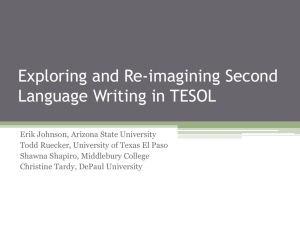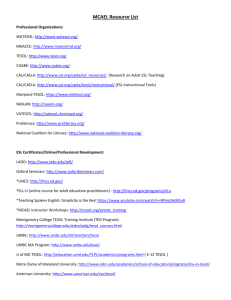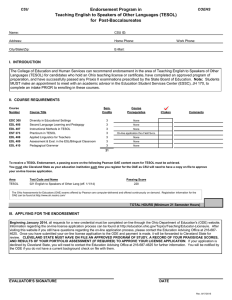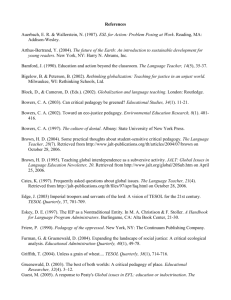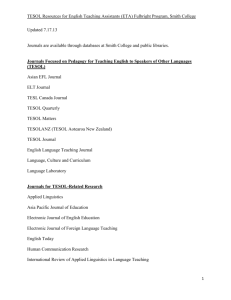Integrating Language Variation into TESOL
advertisement
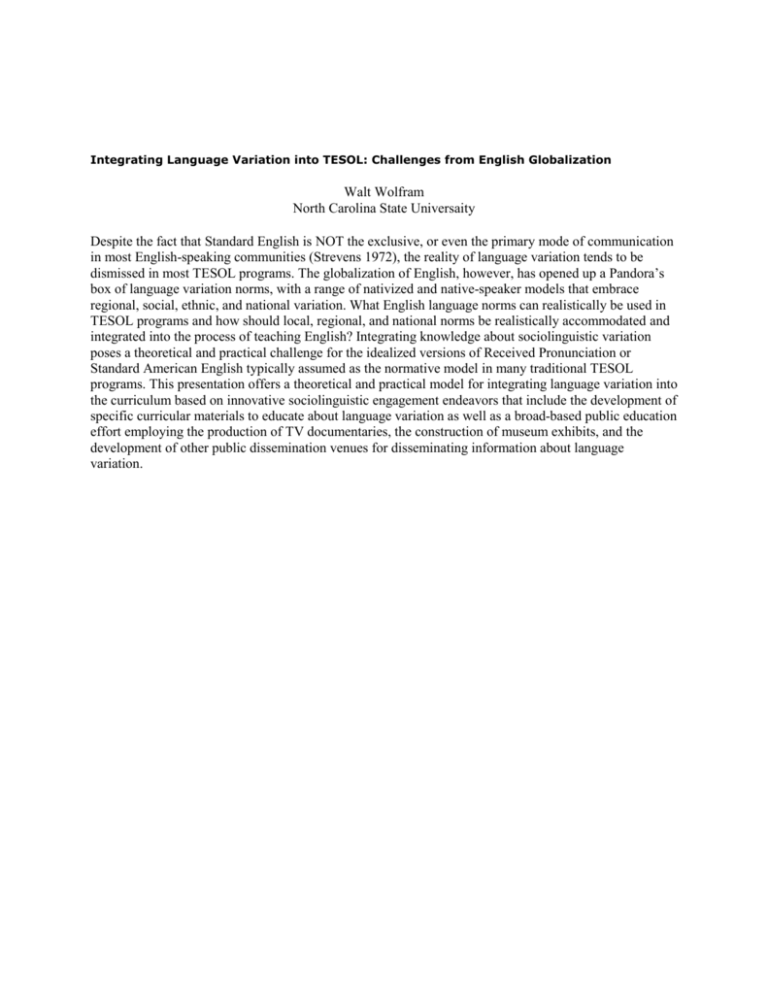
Integrating Language Variation into TESOL: Challenges from English Globalization Walt Wolfram North Carolina State Universaity Despite the fact that Standard English is NOT the exclusive, or even the primary mode of communication in most English-speaking communities (Strevens 1972), the reality of language variation tends to be dismissed in most TESOL programs. The globalization of English, however, has opened up a Pandora’s box of language variation norms, with a range of nativized and native-speaker models that embrace regional, social, ethnic, and national variation. What English language norms can realistically be used in TESOL programs and how should local, regional, and national norms be realistically accommodated and integrated into the process of teaching English? Integrating knowledge about sociolinguistic variation poses a theoretical and practical challenge for the idealized versions of Received Pronunciation or Standard American English typically assumed as the normative model in many traditional TESOL programs. This presentation offers a theoretical and practical model for integrating language variation into the curriculum based on innovative sociolinguistic engagement endeavors that include the development of specific curricular materials to educate about language variation as well as a broad-based public education effort employing the production of TV documentaries, the construction of museum exhibits, and the development of other public dissemination venues for disseminating information about language variation.
